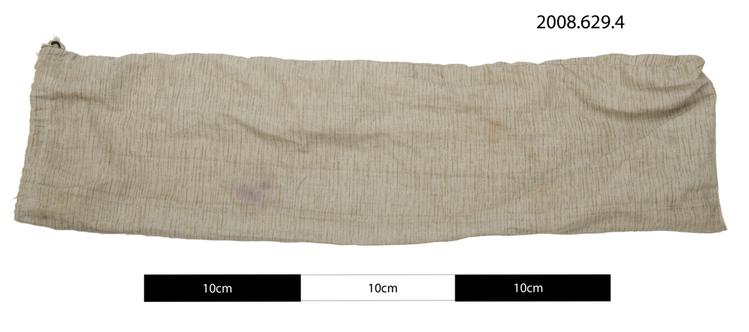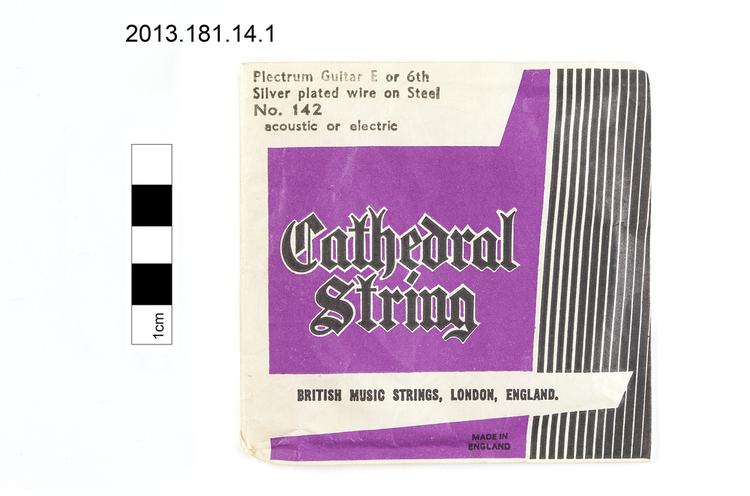Pungi, double clarinet with gourd wind cap. The right-hand pipe with five fingerholes, the left-hand pipe has no fingerholes and functions as a drone.
The pungi is a double clarinet played in many parts of the Indian subcontinent. Although its origins have not been conclusively determined, circumstantial evidence suggests that it arrived in India from the west. Henry Balfour, writing in 1890, pointed out that the rigid wind cap is a characteristic the pungi shares with instruments of the hornpipe family found across the Middle East and Europe, while Curt Sachs noted that mouth blown reed instruments originating in countries to the east of India almost always use free reeds or double reeds rather than single beating reeds to produce sound. The tuning of the pungi's melody pipe conforms to the hanumatodi ragum of Carnatic music, which has an interval pattern similar to the European Phrygian mode: e,f,g,a,b,c,d,e. The pungi is traditionally considered the instrument of itinerant snake charmers, whose performances rely on an accumulated repertoire of pungi music. However, increasing concern for animal welfare now threatens this way of life, and much of the pungi music associated with snake charming is in danger of being forgotten.







